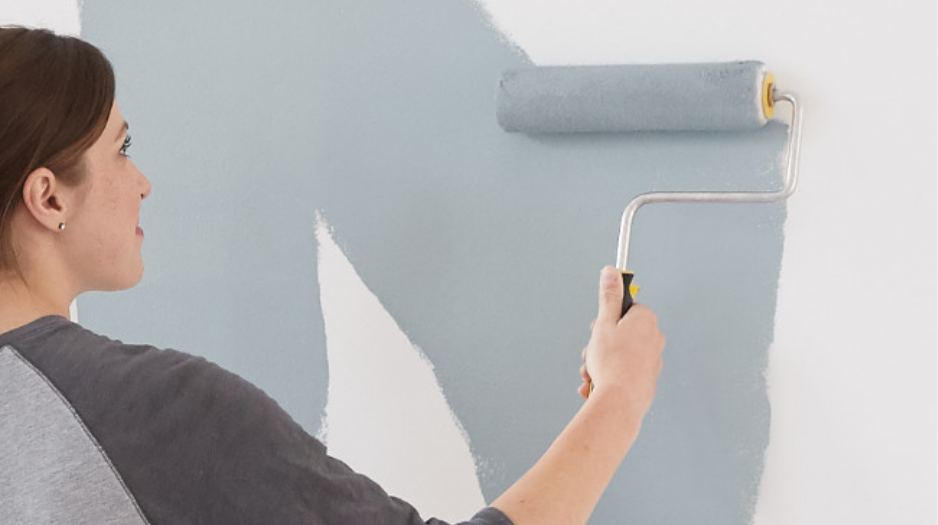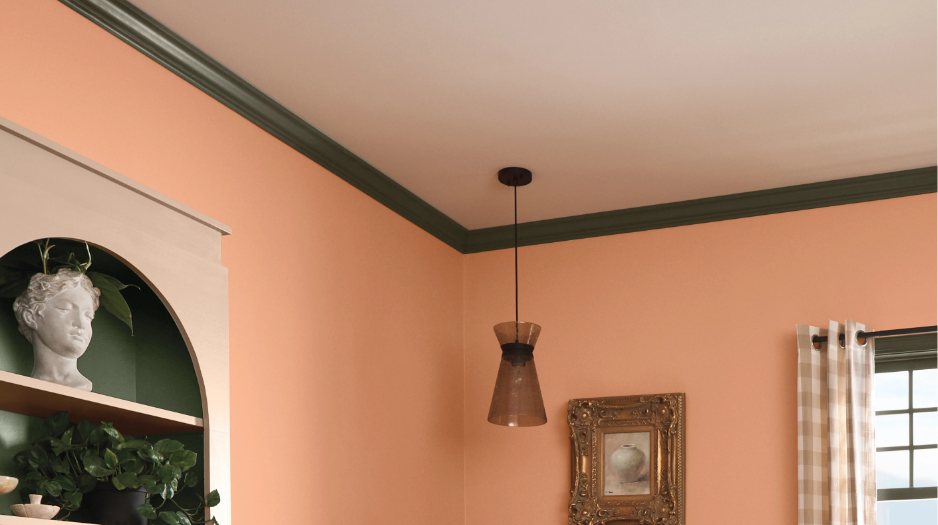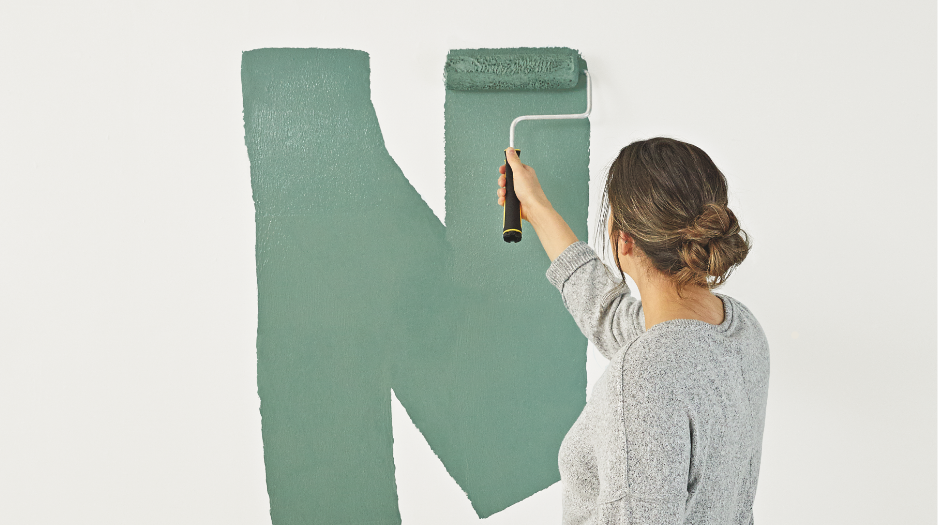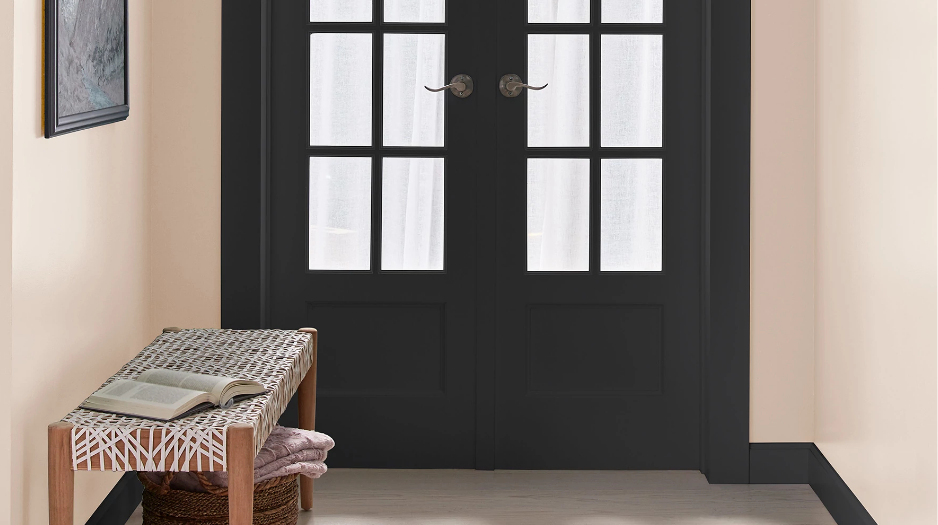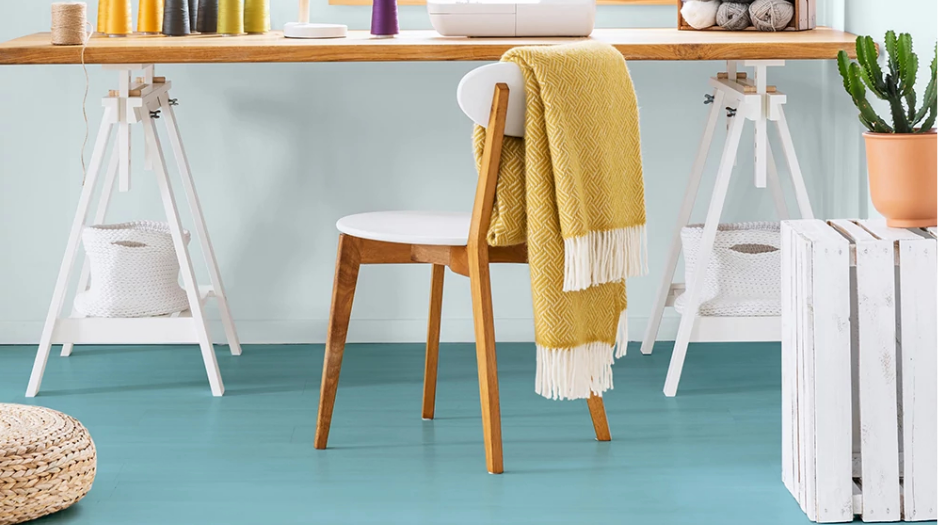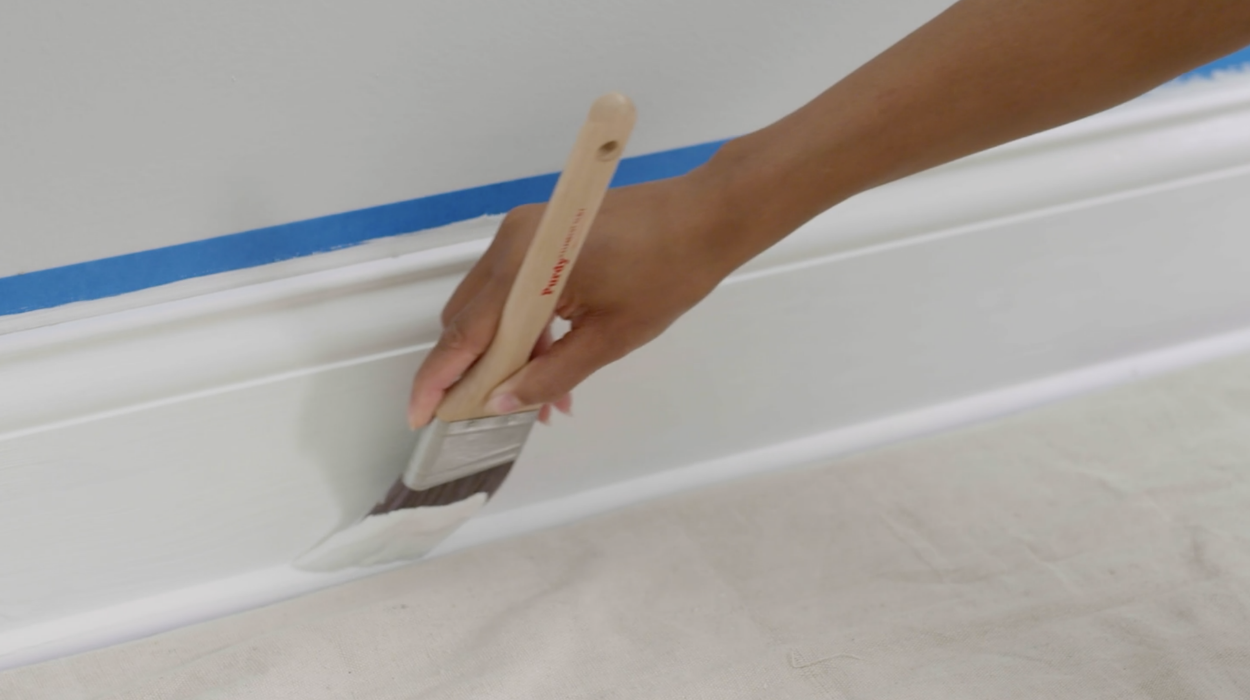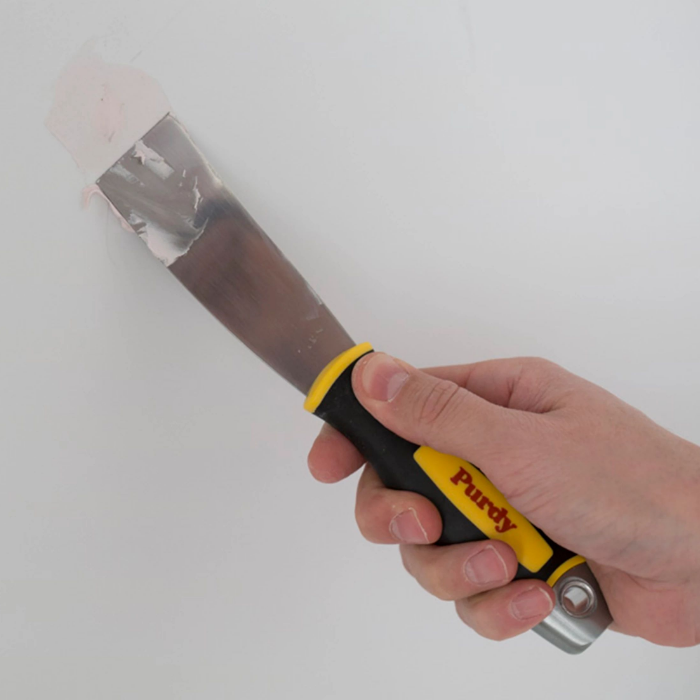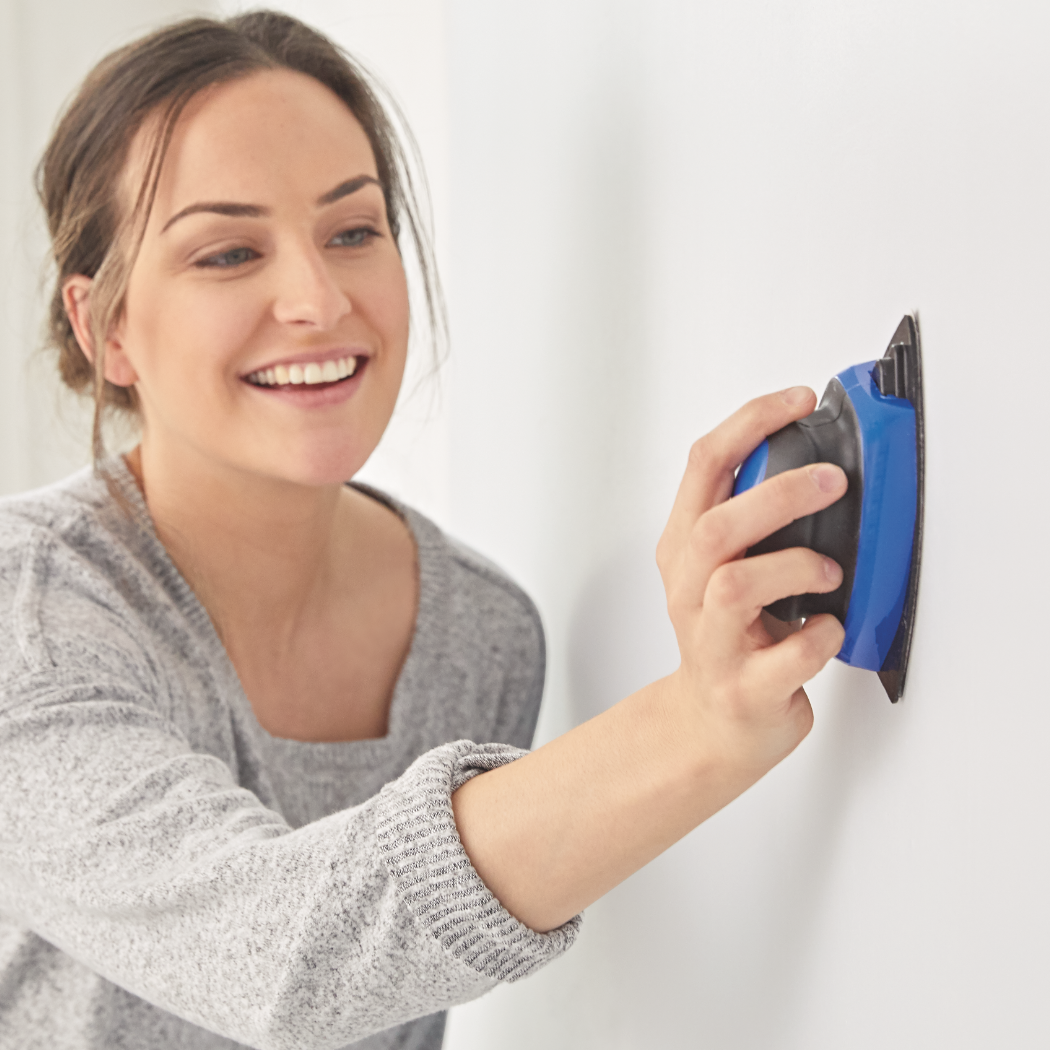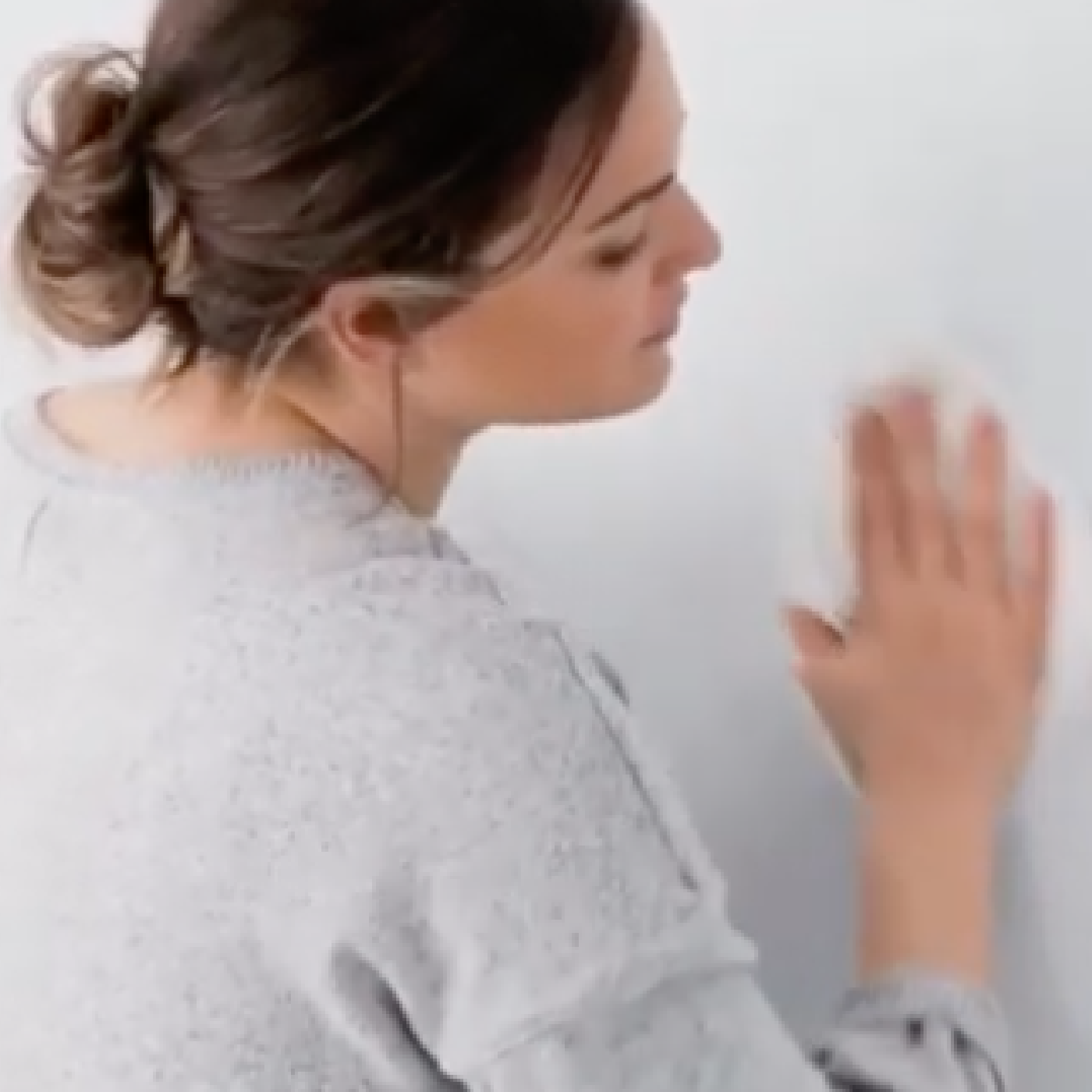Choose the right applicator
It‘s always smart to choose good-quality paint applicators and to use the correct paint applicator for the surface you’re painting.
Paint Applicators: Purdy® Brushes
- Natural long-bristle brushes are suitable for acrylics and water-based paints.
- Natural short-bristle brushes are recommended for alkyd gloss enamels and polyurethane finishes.
- Synthetic-bristle brushes are good for acrylic and water-based paints. They’re also well suited to rough work, such as brick and masonry work.
Good quality paintbrushes are a wise investment. When finished painting, never allow the brush to dry out. Soak the brush in the recommended solvent and then wash in warm soapy water or mild detergent. Finally, rinse in cold water, comb natural-bristle brushes straight with a brush comb and hang from the handle to dry. Brushes should be stored hanging.
Paint Applicators: Purdy® Rollers
In most cases, a roller is better than a brush for walls and other large surface areas. Use the correct type of roller cover for the type of paint you're working with – check the label on the roller cover for specifications.
- Synthetic roller covers are suitable for latex paints.
- Natural materials, like sheepskin or lambswool, are good for oil-based paints.
The nap or thickness of the roller cover is also important and is chosen depending on the texture or roughness of the surface being painted:
- 1/8" to 3/16" - Smooth surfaces like untextured plaster, smooth wood, wallboard, drywall and metal.
- 3/8" to 1/2" - Medium surfaces like sand finishes, lightly textured plaster or wood, paneling and acoustical tile.
- 3/4" to 1-1/2" - Rough surfaces like brick, concrete, stucco, textured ceilings or walls, Spanish plaster, concrete block, corrugated metal and rough wood.
